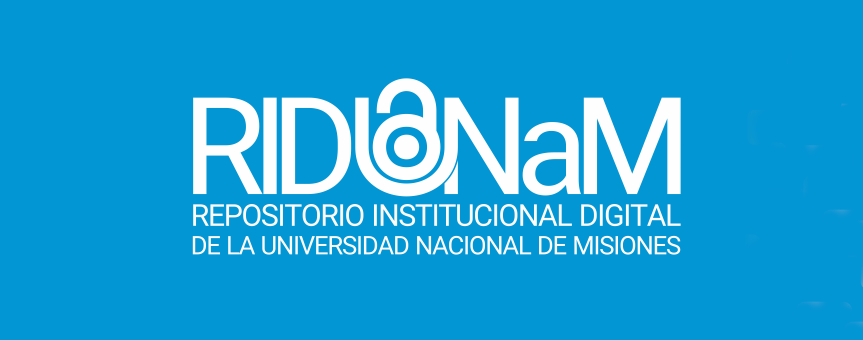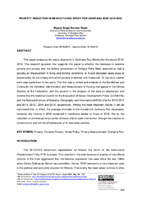| dc.rights.license | Licencia de Creative Commons Reconocimiento-NoComercial-CompartirIgual 4.0 Internacional (CC BY-NC-SA 4.0) | |
| dc.creator | Barrera Rojas, Miguel Angel | |
| dc.date.accessioned | 2020-07-07T21:38:23Z | |
| dc.date.available | 2020-07-07T21:38:23Z | |
| dc.date.issued | 2020-01-01 | |
| dc.identifier.citation | Barrera Rojas, M. A. (2020). Poverty reduction in Mexico? case study for Quintana Roo 2010-2016. Visión de Futuro, Revista Científica. Posadas (Misiones): UNaM. FCE. PPA; 24(1), 216-235. | |
| dc.identifier.issn | 1668-8708 | |
| dc.identifier.other | VF-034 | |
| dc.identifier.uri | https://hdl.handle.net/20.500.12219/2510 | |
| dc.identifier.uri | https://doi.org/10.36995/j.visiondefuturo.2020.24.01.002.en | |
| dc.identifier.uri | https://visiondefuturo.fce.unam.edu.ar/index.php/visiondefuturo/article/view/364/289 | |
| dc.description | Fil: Barrera Rojas, Miguel Angel. University of Quintana Roo. Division of Political Science and Humanities; México. | en |
| dc.description.abstract | This paper evaluates the status of poverty in Quintana Roo, Mexico for the period 2010- 2016. The research question that supports this paper is whether the decrease in extreme poverty and poverty that the federal government of Enrique Peña Nieto asserted as real is actually an improvement in living and income conditions, or if said decrease takes place at based solely on the criteria with which poverty is defined and measured. To this end, cabinet work was carried out in two parts: The first was a review and analysis of the Guidelines and Criteria for the Definition, Identification and Measurement of Poverty that appear in the Official Gazette of the Federation; and the second in the analysis of the data on deprivation and income that the National Council for the Evaluation of Social Development Policy (CONEVAL) and the National Institute of Statistics, Geography and Informatics (INEGI) offer for 2010-2015 and 2010, 2012 , 2014 and 2016, respectively. Among the most important results, it can be mentioned that, in effect, the average shortfalls of the househo in Quintana Roo decreased, however, the income in 2016 remained in conditions similar to those of 2010, that is, the reduction of extreme poverty can be attribute only to state intervention through the creation of infrastructure and not the effectiveness of its economic policies. | en |
| dc.format | application/pdf | |
| dc.language.iso | eng | en |
| dc.publisher | Universidad Nacional de Misiones. Facultad de Ciencias Económicas. Programa de Posgrado en Administración | es_AR |
| dc.rights.uri | http://creativecommons.org/licenses/by-nc-sa/4.0/ | |
| dc.source | Visión de Futuro (Misiones), 1-2020; 24(1): pp. 216-235 https://visiondefuturo.fce.unam.edu.ar/index.php/visiondefuturo/index | |
| dc.subject | Poverty | en |
| dc.subject | Extreme Poverty | en |
| dc.subject | Social Policy | en |
| dc.subject | Poverty Measurement | en |
| dc.subject | Quintana Roo | en |
| dc.title | Poverty reduction in Mexico? case study for Quintana Roo 2010-2016 | en |
| dc.type | info:eu-repo/semantics/article | |
| dc.type | info:ar-repo/semantics/artículo | |
| dc.type | info:eu-repo/semantics/publishedVersion | |




